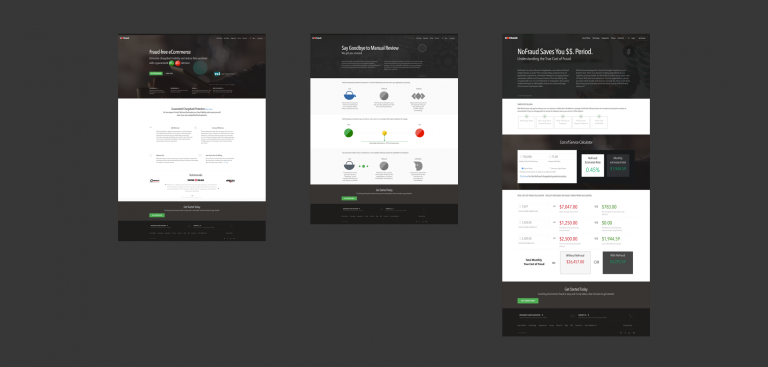The financial services industry has long boasted a resilient and steadfast business model and has proven to be one of the most resistant sectors when it comes to disruption by technology. In the recent years, however, a palpable change is overturning the ways and processes that have upheld this institution for so long. Organizations within this historically traditional and unyielding sector are realizing the need to not only assimilate into the digital era, but to embrace and incorporate it fully or else be overtaken but others who have opted to innovate rather than succumb under the pressure of this increasingly competitive industry.

Changing Dynamics
The relationship between banks and their customers have drastically changed from the time during which the traditional banking model was formulated. Perhaps more than any other commercial enterprise, banks retained control over the relationships they had with their customers. For the most part, the bank with which an individual was aligned often determined his or her financial identity as nearly all transactions were administered through one’s bank. Moreover, McKinsey reports that, historically, consumers very rarely flitted between different service providers because of the promising image of stability that the industry has worked hard to maintain. While this may have been the case in the past, the relational dynamics between banks and their customers are not the same today as they were nearly a decade or so ago.
Instead of being reliant to a single bank for all financial dealings, consumers have more options at their disposal, which they are taking full advantage of by engaging in transient relationships with multiple banks such as “a current account at one that charges no fees, a savings accounts with a bank that offers high interest, a mortgage with a one offering the best rate, and a brokerage account at a discount brokerage.” Competition between financial institutions is undeniably fiercer than ever, and it turns out that consumers are also being courted by new peer-to-peer services, such as PayPal, that allow those who opt to use these services to conduct financial transactions beyond the traditional banking means and organizations.
Data Growth
The sheer rise in players and competitors within this industry alone is enough to indicate another glaring issue: the sudden growth in volume of financial transactions. More transactions leads to an explosion of data growth for financial service providers, a predicament for which not many organizations are adequately prepared to handle. A study conducted by the Capgemini/RBS Global Payments estimates that the global volume for electronic payments is about 260 billion and growing between 15 and 22% for developing countries. The expansion of data points stored for each transaction, committed on the plethora of devices that are available to the consumer, is causing difficulties in the active defense against fraud and detection of potential security breaches. Oracle observes a shift in the way fraud analysis is being conducted, with it previously being performed over a small sample of transactions but which now necessitates the analysis of entire transaction history data sets.
Timely Insight
Shrinking revenues is one of the most prominent challenges for financial institutions to date, calling for a need to improve operational cost efficiencies. New financial technologies are being developed to address issues like this by leveraging the amount of available data that these financial institutions have access to and monetize it. Traditional Business Intelligence tools have been a staple in the industry for years, but it is usually limited in its capacity. A lot of the available BI tools work well in conjunction with business analysts when they are looking to find answers and solutions to specific conundrum. The key to revamping traditional banking frameworks in order to make it more competitive and agile in the current environment is to build and incorporate processes that are capable of revealing patterns, trends, and correlations in the data. Oracle posits that disruptive technologies in the financial sectors need to be able to do more than report, but also uncover. The technological ramifications of an evolving financial industry with a continuously expanding amount of data and the demand for real-time, data-driven decisions include the ability to detect unanticipated questions and simultaneously provide tangible solutions.

Denisse Perez, Content Marketing Analyst for True Interaction, contributed to this post.
By Joe Sticca






